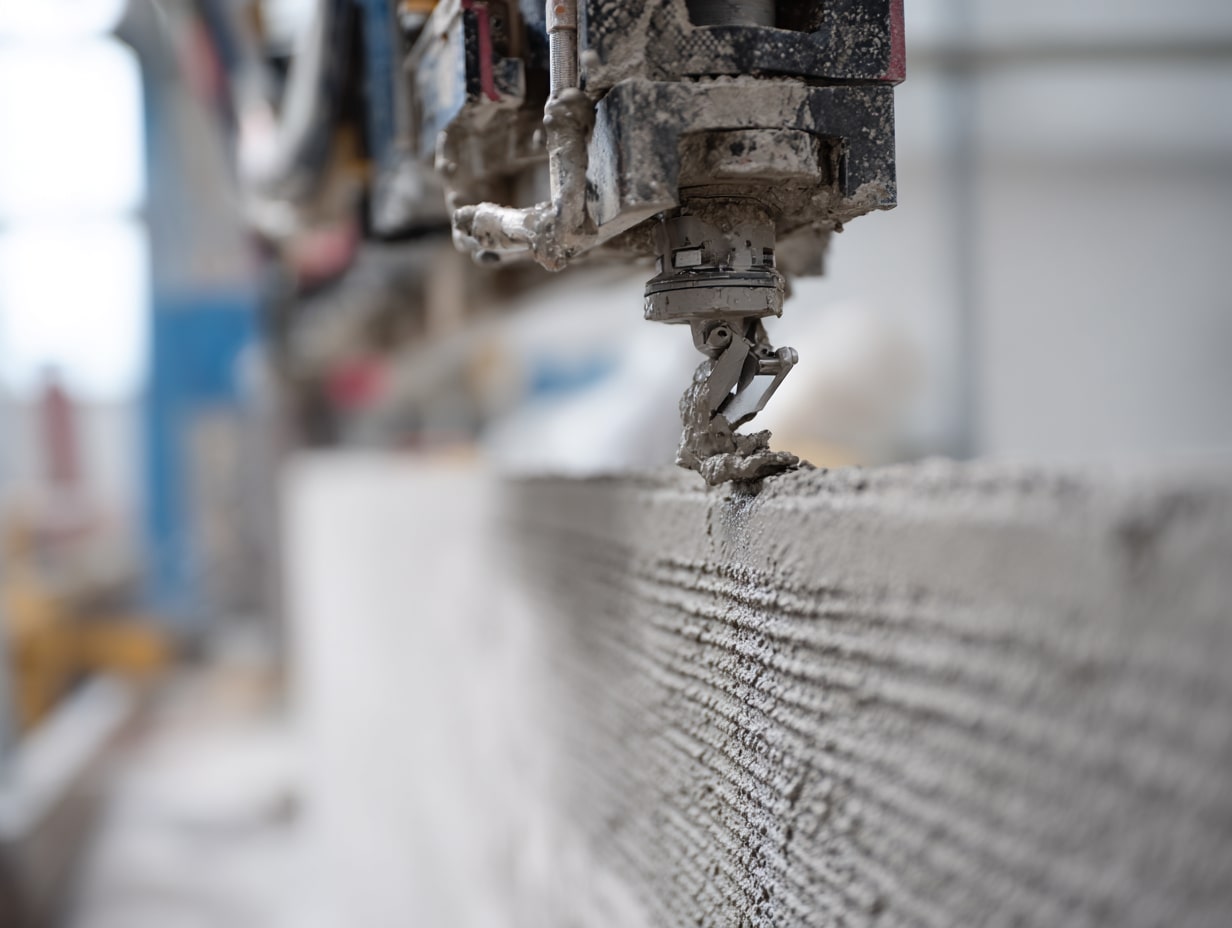- Home
- Articles
- Architectural Portfolio
- Architectral Presentation
- Inspirational Stories
- Architecture News
- Visualization
- BIM Industry
- Facade Design
- Parametric Design
- Career
- Landscape Architecture
- Construction
- Artificial Intelligence
- Sketching
- Design Softwares
- Diagrams
- Writing
- Architectural Tips
- Sustainability
- Courses
- Concept
- Technology
- History & Heritage
- Future of Architecture
- Guides & How-To
- Art & Culture
- Projects
- Interior Design
- Competitions
- Jobs
- Store
- Tools
- More
- Home
- Articles
- Architectural Portfolio
- Architectral Presentation
- Inspirational Stories
- Architecture News
- Visualization
- BIM Industry
- Facade Design
- Parametric Design
- Career
- Landscape Architecture
- Construction
- Artificial Intelligence
- Sketching
- Design Softwares
- Diagrams
- Writing
- Architectural Tips
- Sustainability
- Courses
- Concept
- Technology
- History & Heritage
- Future of Architecture
- Guides & How-To
- Art & Culture
- Projects
- Interior Design
- Competitions
- Jobs
- Store
- Tools
- More
How to Approach Commercial Construction Project Restoration

Commercial construction projects may require a robust strategy for restoration following damages or deterioration. Restoring a commercial property often involves various challenges, from environmental considerations to adherence to local building codes.
Be it a minor repair or a large-scale renovation — having a thorough understanding of the restoration process is vital for success. Keep reading to shed light on the essential steps in approaching commercial construction project restoration, helping project managers and stakeholders navigate the complexities involved.
Table of Contents
ToggleAssessing the Damage
Identifying the extent of the damage is the first crucial step in the restoration process. A thorough assessment informs the next steps and aids in estimating costs effectively. At this stage, a skilled inspector can provide a detailed report on structural and aesthetic damages. This report typically includes assessments of foundational integrity, roofing issues, water damage, and potential health hazards, most commonly mold.
Knowing precisely what needs repair can help prioritize actions and focus on critical aspects first. The assessment phase will aid in budgeting and ensure that adequate funds are allocated for necessary repairs. Always document all findings meticulously, as this documentation can serve as a valuable resource for future reference.

Hiring Professionals
Choosing the right team for a restoration project can significantly influence the quality and efficiency of the work. Trained professionals, such as contractors and project managers, bring expertise that is invaluable during the restoration process. Experts can navigate complex building codes and address challenges quickly and effectively.
Professionals often have established networks of reliable subcontractors and vendors. For those looking for a local commercial restoration, there are plenty of specialized professionals like those on this website — just make sure to conduct interviews and screenings before taking the plunge. Don’t hesitate to ask for references or to look at past projects the professionals have completed.
Understanding Legal and Regulatory Requirements
Different jurisdictions have varying building codes and laws that govern commercial properties. Familiarize yourself with local regulations regarding construction and restoration, including permits and inspections. Failing to comply can lead to costly fines, prolonged project timelines, or even the need to redo the work.
Consulting with legal professionals and local authorities can ensure alignment with these regulations. A clear understanding of zoning laws can also guide the restoration process regarding structural changes. Be proactive in obtaining necessary permits to streamline the restoration process from the outset.
Caring for Environmental Concerns
Identifying possible environmental impacts requires careful scrutiny. Factor in waste disposal, ventilation, and energy efficiency. Restoration projects present an opportunity to upgrade to more sustainable materials and practices. These can include using eco-friendly paint or LED lighting to reduce long-term operational costs and environmental footprints.
Addressing environmental concerns can enhance the appeal of the property, making it more attractive to potential tenants or buyers. Beyond just adhering to regulations, adopting green practices enhances a company’s reputation as responsible and forward-thinking. Sustainable practices may even yield tax benefits and grant opportunities.
Creating a Comprehensive Restoration Plan
Now, it’s time to develop a comprehensive restoration plan. This plan should outline every aspect of the project, from timelines and cost estimates to materials and labor requirements. Define the project scope with clear objectives to avoid scope creep that can wreak havoc on budgets and timelines. Communicate the plan to all stakeholders to ensure everyone’s expectations align with the goals.
A well-thought-out restoration plan serves as a roadmap, guiding the project from initiation to completion. Remember to regularly review the plan to allow for adjustments and refinements so that the project remains on track to meet its objectives.
Monitoring Progress and Quality Control
Monitoring the progress of a restoration project ensures that it is executed as planned. Establish specific check-in points throughout the project timeline to assess the progress and quality of work. Regular inspections will help identify any issues early on, minimizing potential setbacks. Utilize a quality assurance checklist that outlines critical benchmarks, from material quality to adherence to timelines.

Fostering open lines of communication among all team members allows for addressing concerns promptly. Engaging stakeholders during inspections keeps everyone informed, ensuring alignment with expectations. Continuous monitoring enhances efficiency and enriches the final outcome of the restoration project.
Finalizing the Project and Conducting a Walkthrough
The completion of the restoration project deserves careful attention to detail as the project wraps up. Before the final handover, conduct a comprehensive walkthrough to ensure everything meets your standards. Utilize a checklist to verify that all aspects of the project adhere to the original goals and specifications. Pay attention to finishes, workmanship quality, and compliance with safety regulations.
Receiving feedback from stakeholders during the walkthrough helps identify any last-minute adjustments that may be necessary. Proper documentation of the final condition of the property is essential for future reference. This documentation can provide useful insights for maintenance teams and can even support resale value assessments down the line. A meticulous approach to finalizing the project solidifies the brand’s reputation.
Approaching commercial construction project restoration involves various steps, from assessing the damage and understanding regulatory requirements to hiring professionals and monitoring the quality of work. Each stage requires careful planning, execution, and communication to achieve successful outcomes.
illustrarch is your daily dose of architecture. Leading community designed for all lovers of illustration and #drawing.
Submit your architectural projects
Follow these steps for submission your project. Submission FormLatest Posts
3D Printed Homes: Time, Cost, and What to Expect
3D printed homes explained: realistic timelines (24–72h walls, 8–16 weeks total), true...
How a Contact Centre Boosts Trust in Your Building Business
In construction, trust is the glue that holds projects together. Clients need...
How Real Time Parcel Geolocation Is Redefining Last Mile Efficiency for Modern Businesses
Last mile delivery has become the most critical point in the customer...
How Can Small Spaces Stay Stylish and Relaxing?
In today’s fast-paced urban lifestyle, small living spaces are becoming increasingly common....












Leave a comment